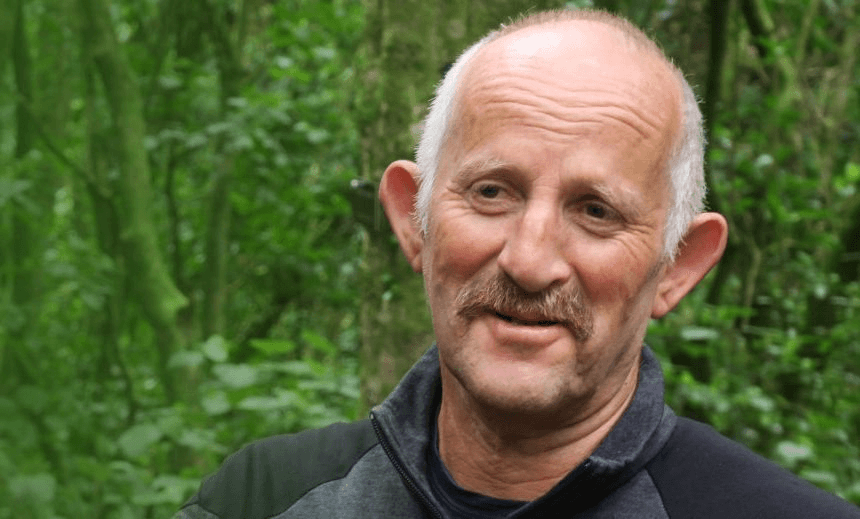Just a few thoughts, writes Toby Manhire, that’s all.
And so the cat is out of the bag. Gareth Morgan has long been an influence on politics, but there is more than one way to skin a cat, and today he bared his Cheshire grin to announce the formation of The Opportunity Party.
While no one could ever say the cat got Morgan’s tongue, he can at times appear a sourpuss. Today, however, it was less grimalkin, more bright eyed and bushy tailed moggy who fronted the press. Look what the cat dragged in, reporters said, their ears pricking up as he pounced on Donald Trump as a model. Morgan swiftly hissed at the grubby American pussy-grabber’s campaign, but there is no doubt he sees the anti-establishment platform as the cat’s pyjamas.
Untempted by coat-tails, the party will be list-only. The Greens, NZ First and Labour will be arching their backs – if not having kittens and spitting furballs as they exhort Morgan to keep his paws off their base. National, meanwhile, will be purring at the thought of reprising that TV ad with the motley opposition crew in a boat, squashed tighter than the owl and the pussycat, hardly room to swing a cat. Morgan insists, however, that his party would not be co-opted by any coalition, but remain independent – call it a kind of parliamentary ginger group; the toughest tom in town; the tail that wags the furry animal.
For National, the perfect outcome is the TOP team take votes off Labour, NZ First and the Greens, get decent backing but fail to reach the 5% by a whisker.
Morgan joins a litter of rich-white-guy party-starters who sought to claw their way to power – from Bob Jones to Colin Craig to Kim Dotcom. Some will say recent similar failures suggest a cat in hell’s chance, but as an economist he will hope an apparent rush to join the party is more than a dead cat bounce, and proves a stroke of genius.
There are no specific policies yet, but Morgan has pointed to the environment, housing and the gap between the rich and paw.
If nothing else, less than a year out from the next election, Morgan has put the cat among the pigeons. After all, curiosity never killed anything. The new party could prove catnip to blue-greens, but it risks, too, chasing its own tail. My advice to Gareth? Turn your face to the moonlight. Let your memory lead you. Open up, enter in. If you find there the meaning of what happiness is. Then a new life will begin.
And if for some inexplicable reason the public prove allergic, or he’s hoist by his own petard, Morgan can always just flag it.





